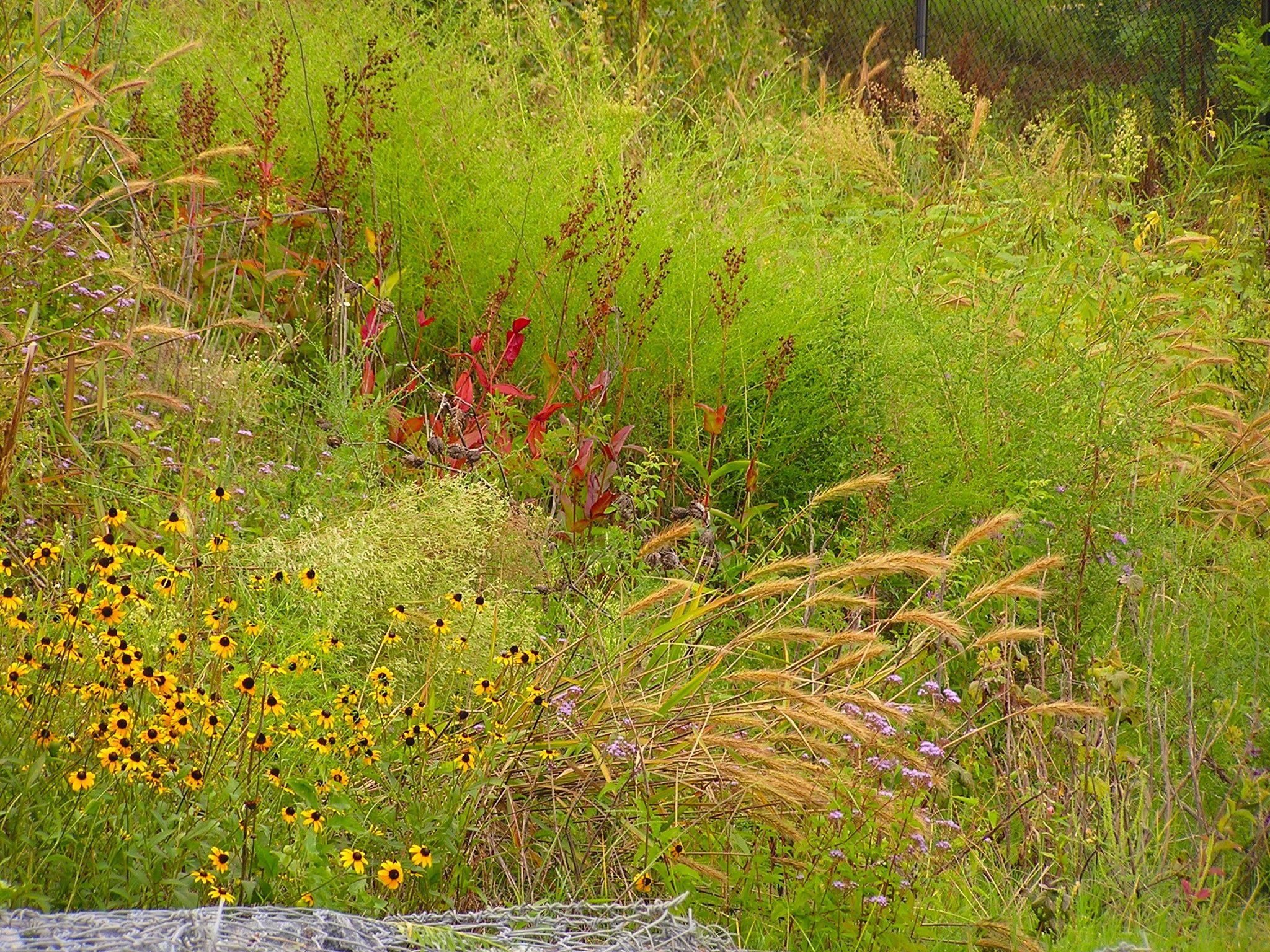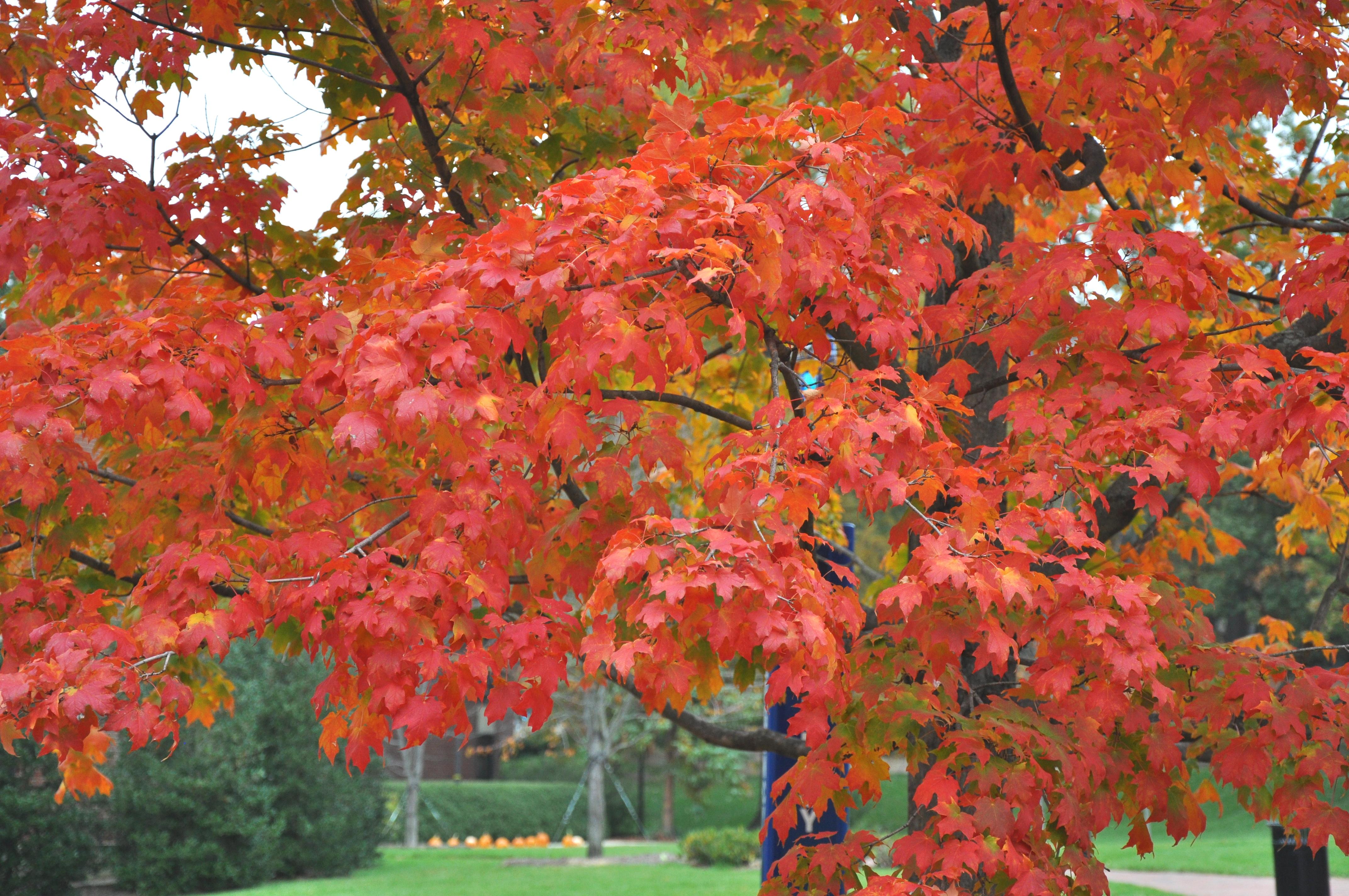Collections
The gardens and landscaping on the University campus are cared for and maintained year round. Each season has its own highlights and appeal. Below is information on what you may expect to see based on the time of year you are visiting. We offer volunteer events throughout the year to provide opportunities to care for the campus where we live and work. If you are interested in hands-on volunteer work, please visit our calendar or contact us.
Winter Highlights
Conifers maintain their green foliage and cones are apparent in the branches. Witch-hazel begins to bloom. The bright red berries on holly trees stand out. Winter jasmine’s blossoms appear on leafless stems. Winter-flowering cherries bloom and bulbs like crocus, snowdrops, and daffodils begin to emerge and bloom towards the end of the season. Campus vegetable gardens wait for spring with garlic and onions growing under blankets of straw.

Spring Highlights
Tulips and hyacinths bloom, along with shrubs and trees like azaleas, forsythias, magnolias, and camellias. The campus is awash in color as we move from the cold of winter to the warmth of summer. Ornamental plants such as roses, peonies, and daylilies bloom and herbs begin to grow again and flower.

Summer Highlights
The meadow and prairie flowers in our native plant gardens bloom, attracting insects and highlighting the grasses with pops of color. Tropical plants like hibiscus and banana trees that have camped out in the Research Greenhouse Complex are brought outdoors again to grace the container gardens on terraces and patios around campus. Campus vegetable gardens are in full swing with vegetables starting to mature and ripen. Hostas stretch out under shade canopies and bloom single, subtly-scented stalks.

Fall Highlights
Crapemyrtles bring spring color to the early fall. Herbs and ornamentals continue to grow and bloom. Campus vegetable gardens move from hot-weather plants like tomatoes, basil, and peppers to cool-season crops like leafy greens, harvesting squash, and drying herbs to preserve them. Autumn crocus emerge before the snows and ornamental grasses provide winter interest, swaying in the breeze.

